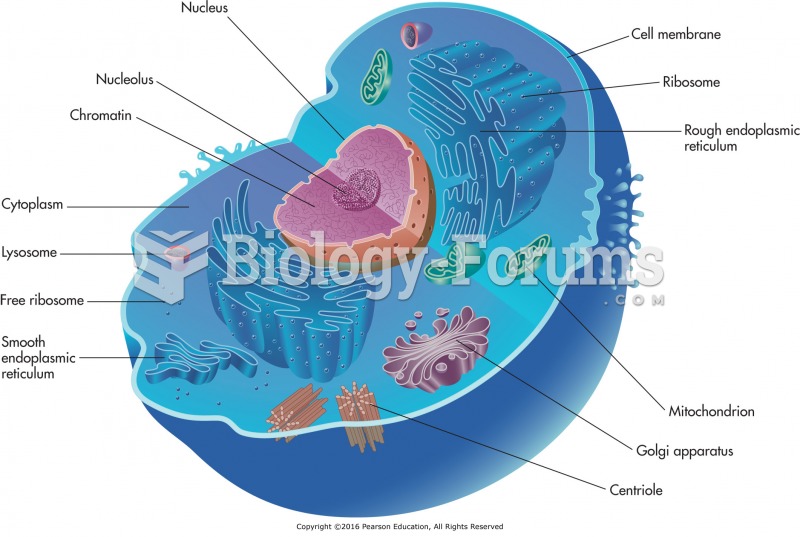Answer to Question 1
Nutrition Therapy Rationale
35 kcal/kg To provide adequate energy to prevent malnutrition and protein wasting
1.2 g protein/kg To support protein synthesis, prevent protein malnutrition, and replace losses during hemodialysis
2 g K To control serum levels since kidney cannot excrete
1 g phosphorus To control serum levels and prevent renal osteodystrophy
2 g Na To prevent thirst and excess fluid intake
1000 mL fluid + urine output To reduce weight gain between dialysis sessions
Answer to Question 2
Body mass index (BMI) is usually used as a common method for determining if someone is obese since it is easy and quick. BMI>30 is considered obese.
Obesity can be defined as a fat percentage greater than 25 fat in males and 33 in females. However, this requires tools and skill so BMI is more commonly used even though BMI does not factor in body composition. The National Institutes of Health do not recognize percent body fat as criteria for morbid obesity.
BMI 40 is considered morbidly obese for both men and women
BMI 35 plus one or more comorbid condition
100 lbs or more over IBW
For children, obesity is defined using the CDC growth charts that provide BMI for age data. the 95th percentile or 30 kg/m2 (whichever represents the lower weight) is considered an obese classification.
The Dietary Guidelines for Americans have different classifications for obesity. Class 1 is a BMI of 30-34.9; class 2, a BMI of 35-39.9; and extreme obesity (class 3), a BMI 40 kg/m2.
Waist circumference can be used to determine mild obesity but it is a poor indicator of morbid obesity. A waist circumference >40 in. men or >35 in. in women indicates obesity or increased risk for CVD. This is based on the fact that central adiposity is thought to propose a higher risk for CVD than gynoid obesity.







